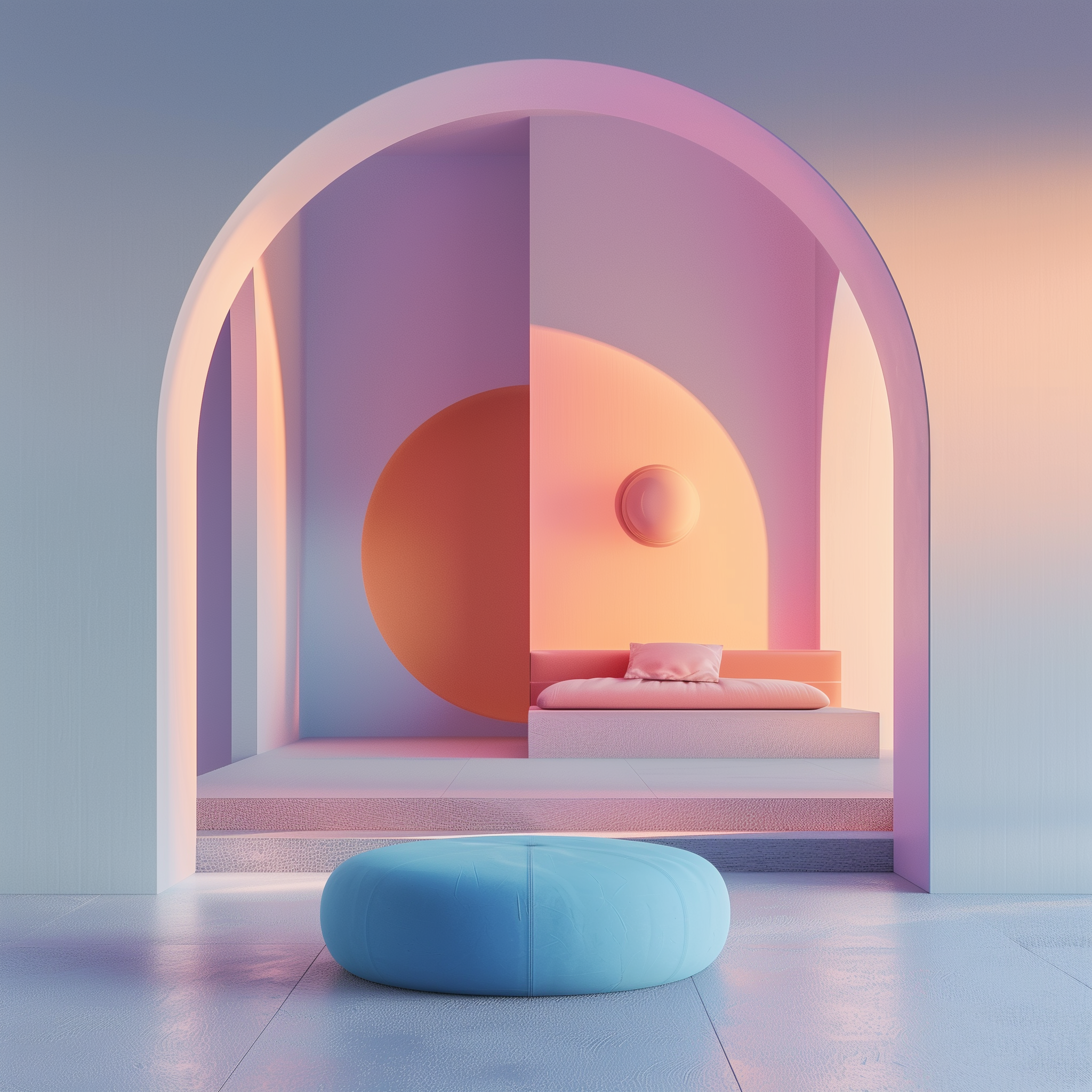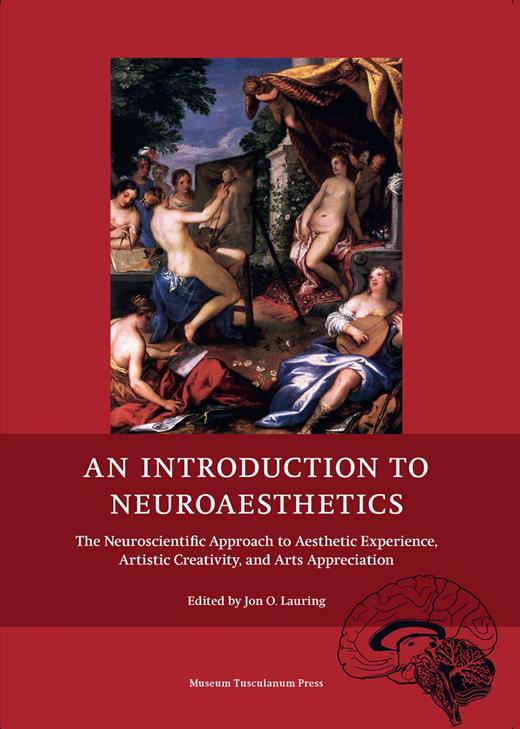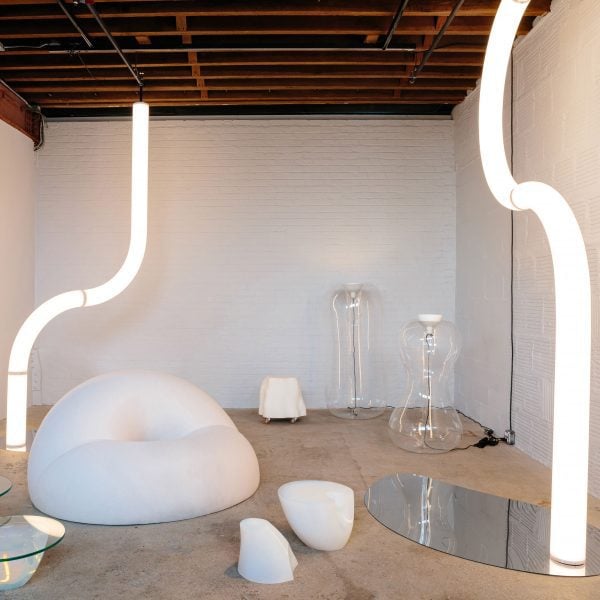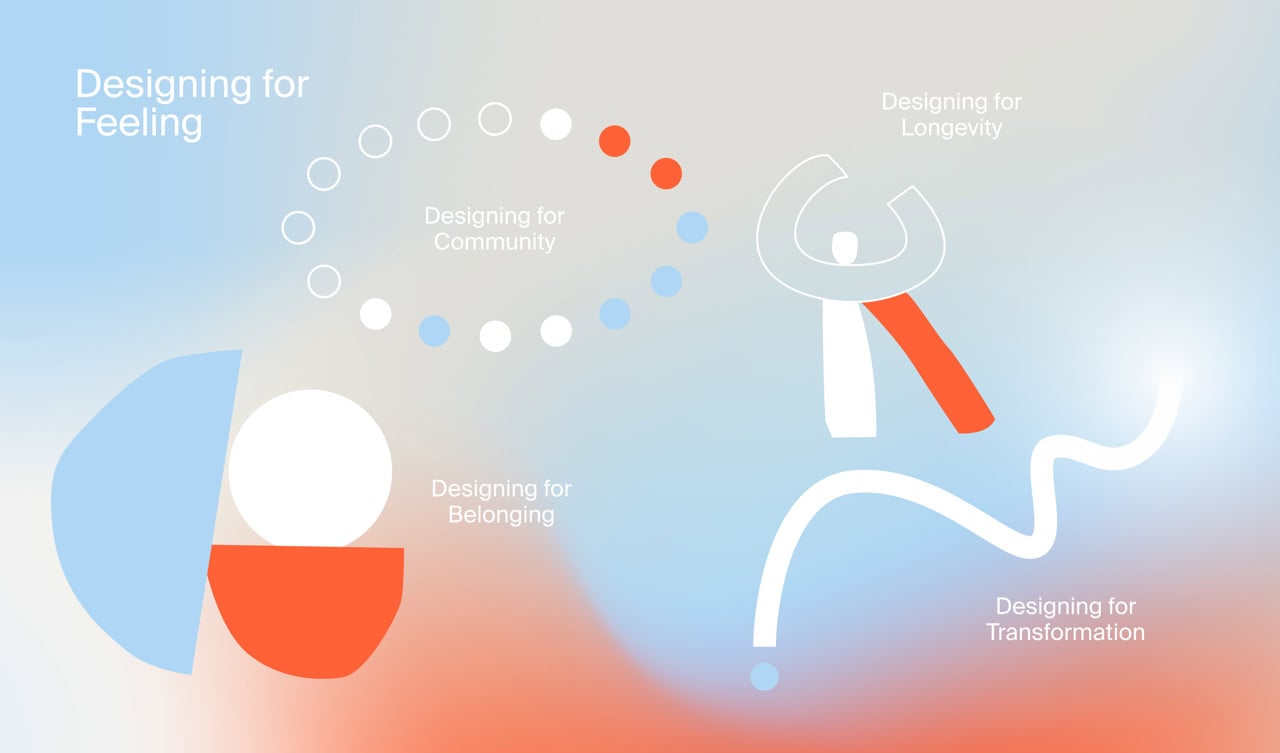Imagine walking into a building where every element has been designed with your mental well-being in mind. From the lighting that mimics the rhythm of natural daylight to the strategic placement of green spaces that invoke a sense of calm, every detail contributes to an environment that not only looks stunning but also fundamentally enhances your mental health and productivity. This is the power of neuroaesthetics—a revolutionary approach in architecture and design that marries the beauty of art with the rigor of neuroscience.
In an era where mental health awareness is on the rise, and the average person spends the majority of their time indoors, the design of our environments has never been more critical. Neuroaesthetics emerges as a groundbreaking field that examines how our brains respond to aesthetic experiences and uses this understanding to advocate for environment designs that promote well-being and efficient cognitive function.
Understanding Neuroaesthetics in Architecture
Neuroaesthetics integrates insights from neuroscience with aesthetic experience to inform design principles that resonate on a psychological level. It emphasizes creating spaces that foster positive emotions, community, and a sense of belonging—crucial elements not only for mental health but also for creating productive environments.
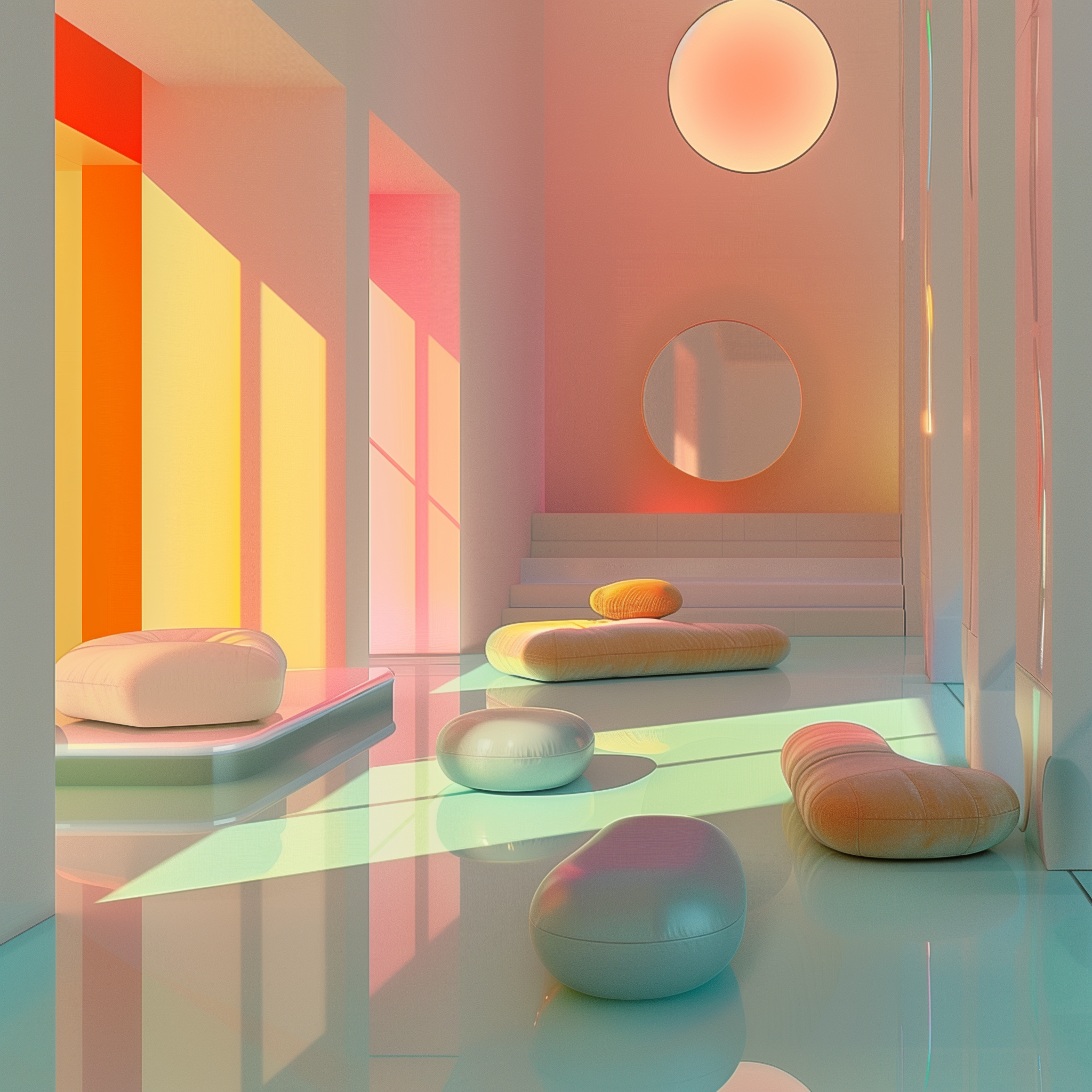
Key Strategies for Designing with Neuroaesthetics:
Sensory Design: Employ calming colors, natural materials, and strategic lighting to create a soothing ambiance that reduces stress and enhances focus. These design choices are fundamental in improving mood and mitigating stress, which are directly linked to productivity and overall mental health.
Spatial Dynamics: Consider the ergonomic aspects of space. Thoughtful layouts that facilitate easy movement and interaction can help reduce fatigue and boost engagement. The placement of furniture, the design of walkways, and the proportions of rooms significantly influence how individuals feel and function within a space.
Biophilic Elements: Integrating natural elements into building designs—such as plants, water features, and ample natural light—can significantly lower anxiety and stress while boosting attention and creativity. These features draw on the restorative effects of nature, enhancing well-being and concentration.
Adaptive Environments: Create spaces that adapt to the needs of their users, such as adjustable lighting, acoustic controls, and temperature settings that allow individuals to customize their environment for optimal comfort, leading to improved focus and productivity.
Inclusive and Empowering Design: Design that accommodates a diverse population, considering various physical, mental, and emotional needs, ensures that spaces are supportive and welcoming for everyone. This inclusivity fosters a sense of community and belonging, crucial for mental wellness and collaborative productivity.
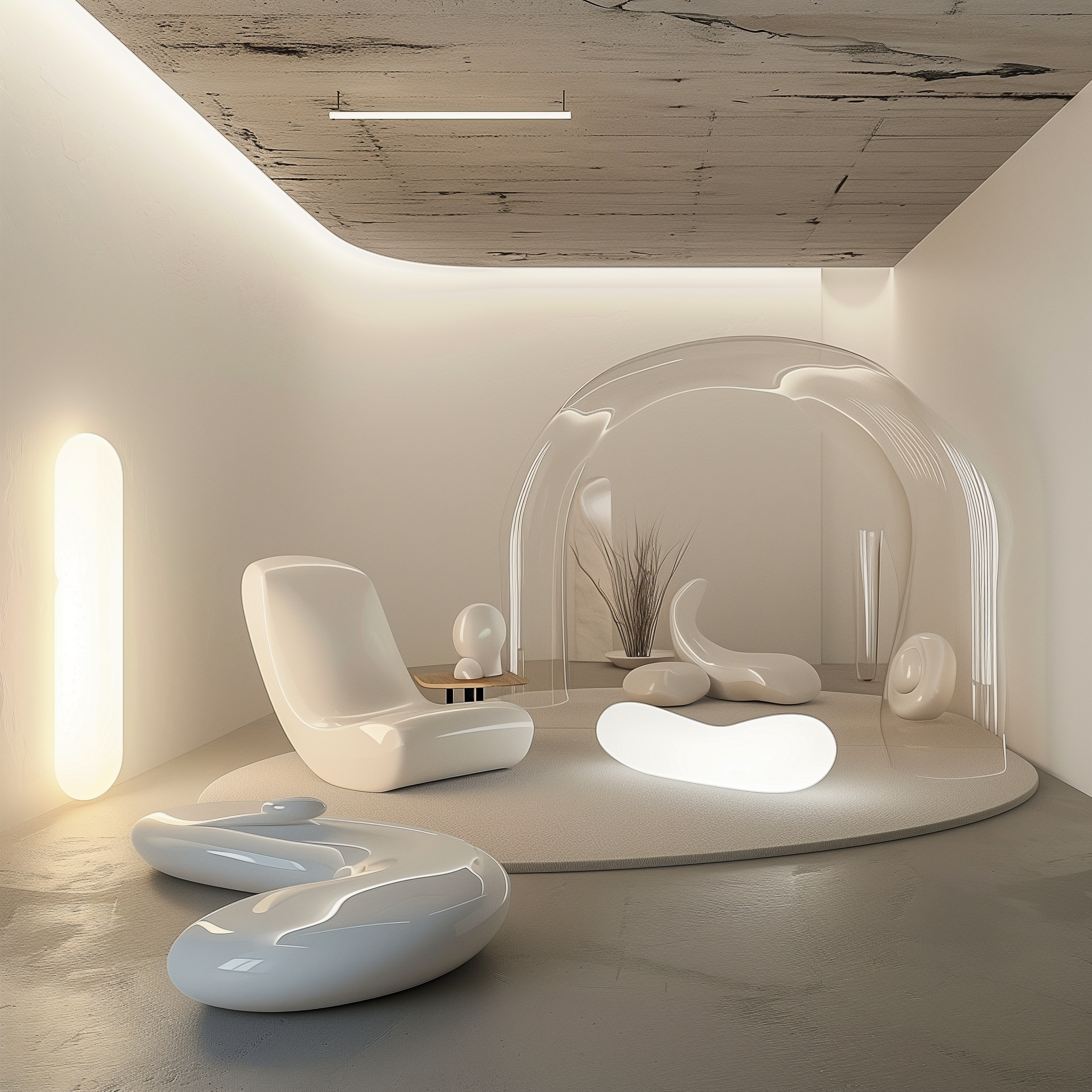
Case Study: Design Hotels and Kinda Studios
A prime example of neuroaesthetics in action is the collaboration between Design Hotels and Kinda Studios. This partnership has been instrumental in applying neuroaesthetic principles to create immersive environments that elevate the guest experience. Their focus on sensory-rich design elements—such as texture, color, and natural light—demonstrates a commitment to creating spaces that not only look beautiful but also positively affect guests’ emotional and psychological states.
Impact on Well-being and Productivity
Spaces designed with neuroaesthetic principles do more than just reduce stress—they enhance cognitive function, foster social interaction, and promote emotional stability. The physical environment becomes a catalyst for improved mental health and increased productivity, proving that good design is not only about aesthetics but also about creating functional spaces that enhance human experience.
Looking Ahead: The Future of Design in Mental Health and Productivity
As neuroaesthetics continues to evolve, its applications in architecture and design promise revolutionary changes in how we conceive and interact with our environments. The future of design lies in crafting spaces that are not only beautiful but also deeply attuned to the human condition, paving the way for environments that are both healing and empowering.



